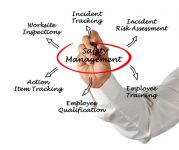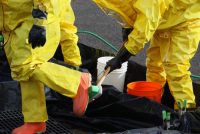Engaging Employees in Safety Training
Yesterday, we talked with safety consultant Jeffrey Dennis about the best ways to prepare and deliver compelling safety training content. Today, Dennis will share some tips for engaging your audience. There’s certainly nothing funny about the consequences of a lockout/tagout failure or a hazardous spill. But if humor can help employees learn and use strategies […]










